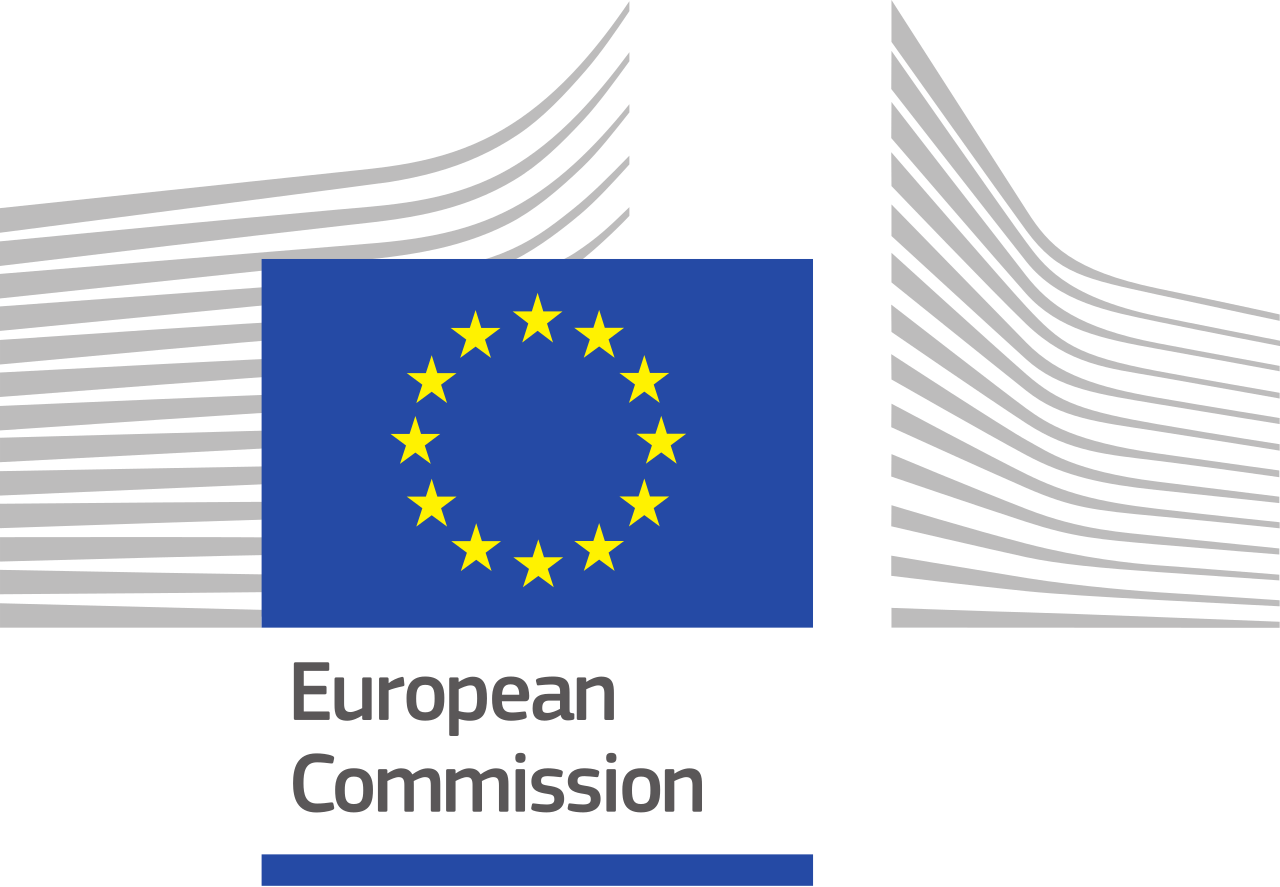Intro
Auctioning is a transparent method used for allocating allowances within phase 3 (2013-2020) and phase 4 (2021-2030) of the EU Emissions Trading System (EU ETS), meaning that more and more companies subject to the EU ETS must buy an increasing proportion of allowances through auctions. The Member States auction their allowances according to the EU ETS Directive (Directive 2003/87/EC) and the Auctioning Regulation. The revenues from the auctioning of these allowances represent an increasing source of income for Member States.
Up to 2023, the EU ETS Directive (Article 10) provides that Member States should use at least 50% of auctioning revenues (or the equivalent in financial value) for climate and energy-related activities. In the revised EU ETS Directive adopted in 2023 (EU ETS Directive (2023/959)), the Member States are now requested to spend 100% of auctioning revenues for climate and energy (renewable energy and energy efficiency)-related activities (as defined in Art. 10(3) of the EU ETS Directive), except for any revenue spent in aid for indirect carbon costs (under Article 10a(6) of the EU ETS Directive).
What the data are telling us
- The total annual revenues generated in the EU27 from the auctions and then allocated to EU Member States has more than tripled between 2020 and 2023, to reach 33 billion Euros.
- Between 2013-2022, nearly 75% of the auctioning revenues were used by Member States for climate and energy related purposes.
- Over the years, most of the revenues generated have been used for domestic/EU climate and energy purposes (67% in 2023), while only a small fraction (0,4% in 2023) has been used for international climate and energy purposes to support developing countries in climate and energy actions.
The use of the auctioning revenues from ETS allowances contributes to the transition to a low carbon economy. Article 10(3) of the EU ETS Directive lists the climate and energy actions on which the revenues generated by Member States should be spent. Some of those actions include the reduction of greenhouse gas emissions, the development of renewable energy sources, carbon capture and storage, energy efficiency improvement, a shift to low-emission and public forms of transport and measures to avoid deforestation.
Auction revenues have been an essential contribution to impactful projects reducing emissions in the Member States. These thirteen case studies of projects (co-) financed from auctioning revenues showcase the positive effects that revenues have for the EU’s climate transition: Good practice case studies.
Member States shall report on the amounts and the use of auctioning revenues under the Regulation on the Governance of the Energy Union and Climate Action (2018/1999, Article 19(2)) and the Implementing regulation 2024/1281 (Annex II). With the adoption of the revised EU ETS, the reporting has evolved to provide a more accurate information for monitoring the use of auctioning revenue in the Member States.

